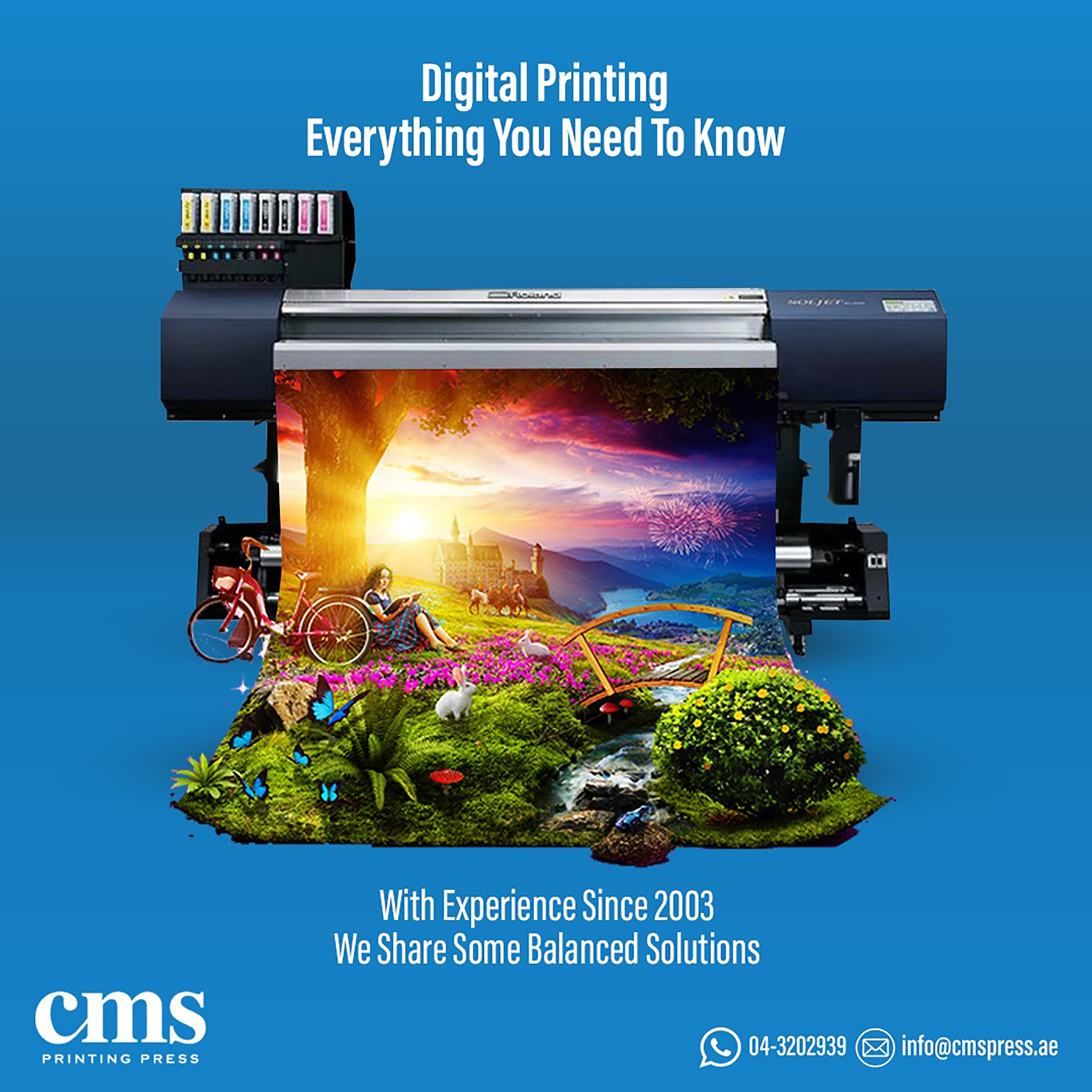Comprehending Just How Digital Printing Changes the Printing Sector
The printing industry, long steeped in conventional methods, is undertaking a radical improvement with the development of digital printing. With its possible to stimulate involvement with individualized content and to provide sustainable services, it's clear that electronic printing is more than a technical breakthrough; it's a critical game changer.
The Development of Digital Printing: A Short Overview
Since its creation, electronic printing has undertaken significant changes, constantly revolutionizing the printing sector. Its evolution began with the development of xerography in the mid-20th century, a process which laid the foundation for laser printers. With the introduction of the 90s, electronic printing modern technology began to grow, and the industry saw the intro of straight imaging presses, which eliminated the demand for printing plates. As the new millennium unfolded, improvements in technology better spurred the growth of digital printing, resulting in the creation of high-speed inkjet printers. These tools used superior top quality and rate, for life altering the landscape of the sector. Today, digital printing stands as a testimony to human advancement, continuously progressing to satisfy the ever-changing demands of the modern-day globe.

Unpacking the Innovation Behind Digital Printing
Exploring the ins and outs of electronic printing technology, one experiences a rich tapestry of advanced equipment and complicated formulas. At the heart of this process exists a digital picture, which is refined by software that divides it right into a grid of dots. These dots are then exchanged an electronic code. This code is analyzed by the printer, which uses it to exactly deposit beads of ink onto the substratum. The beads are so small and precise that they create an image that is practically equivalent from the original. This detailed system, strengthened by innovative software application and high-resolution imaging, has actually changed the landscape of the printing market, leading the way for unmatched levels of information and precision.

The Advantages of Digital Printing for Companies
Understanding the technology behind digital printing provides a clear picture of its precision and information. For companies, this equates into countless advantages. Electronic printing uses unmatched speed, enabling firms to satisfy tight due dates without jeopardizing on top quality. Next off, it minimizes prices as there are no plates or physical setup, making it ideal for small-volume printing jobs. This modern technology offers exceptional consistency with each print result, removing variations frequently seen in conventional methods. Lastly, digital printing is eco-friendly, using less ink and creating much less waste. However, the full potential of electronic printing is understood when made use of for personalization and personalization, a subject that will certainly be covered in depth in the following area.
The Function of Digital Printing in Customization and Personalization
While typical printing approaches fight with modification and personalization, electronic printing succeeds in these areas. It permits the easy change of layouts, without the need for expensive and lengthy plate adjustments (print on demand). This makes it possible for businesses to customize products to specific consumers, meeting particular requirements and enhancing consumer complete satisfaction
Digital printing likewise permits variable information printing, where elements such as message, graphics, and pictures may be transformed from one printed item to the next, without reducing the printing process. This is particularly useful for direct advertising projects, where personalized messaging can significantly improve response prices. This way, digital printing not only reinvents the printing industry anchor yet additionally changes the means services communicate with their customers.
Analysing the Ecological Influence of Digital Printing
Although electronic printing has been lauded for its role in customization and personalization, it is vital to examine its environmental impact. Digital printing can be less inefficient than conventional basics techniques, because it runs on a 'print on need' basis, removing the requirement for huge print runs that can lead to surplus and waste. Furthermore, it utilizes less chemicals and creates less volatile natural compounds (VOCs) compared to offset printing. The energy usage of electronic printers can be high, leading to raised carbon footprint. The use of non-recyclable printing components and the difficulty of e-waste management present considerable go now ecological issues. While electronic printing has many advantages, its ecological influence needs to be conscientiously taken care of.
Conclusion
Finally, digital printing has changed the printing market, supplying quick, economical, and high-quality services. It helps with customization, boosting consumer engagement, and utilizes a sustainable print-on-demand model. As this innovation continues to advance, its effect on service communication, consumer satisfaction, and environmental sustainability ends up being significantly profound. Recognizing these adjustments is important for companies to leverage the benefits of electronic printing efficiently.